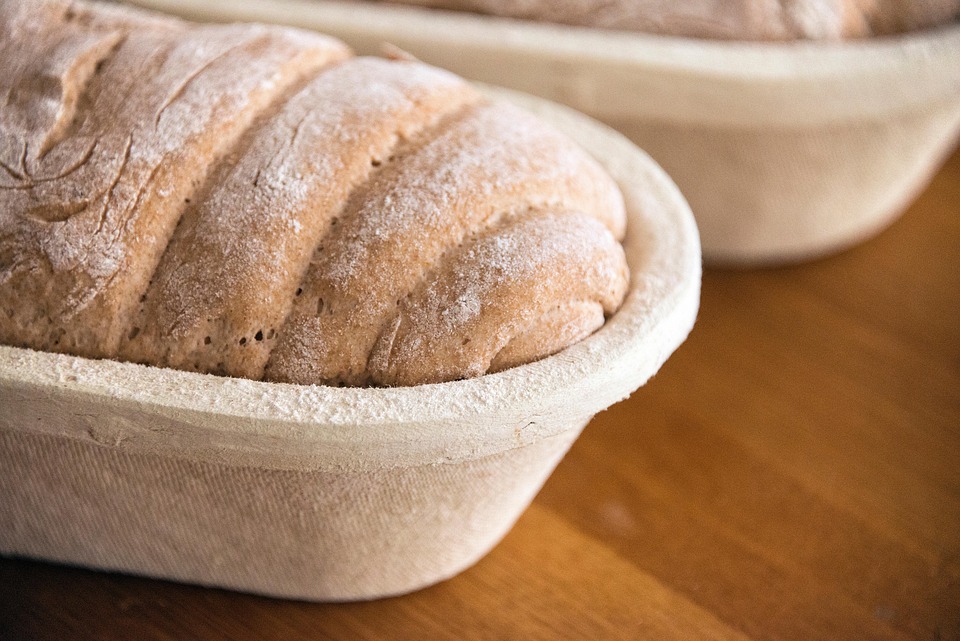The Ultimate Guide to Nutritional Yeast: Benefits, Recipes, and FAQs
Introduction
Nutritional yeast, a deactivated form of yeast derived from the fungus Saccharomyces cerevisiae, has gained significant popularity among health-conscious individuals, particularly vegetarians and vegans. It is known for its cheesy flavor and high nutritional content, making it an excellent addition to various dishes. This comprehensive guide explores the benefits of nutritional yeast, provides tasty recipes, and addresses frequently asked questions.
What is Nutritional Yeast?
Nutritional yeast is a yellow, flaky substance that is often available in powdered or granular form. It is produced from sugarcane or beet molasses through a process of fermentation. Unlike active yeast used in baking, nutritional yeast is inactive and does not cause dough to rise. This deactivation process increases the nutritional profile of the yeast, contributing to its health benefits.
Nutritional Profile
One of the key selling points of nutritional yeast is its impressive nutritional profile. A typical serving of nutritional yeast (about 2 tablespoons or 15 grams) contains:
- Calories: Approximately 60
- Protein: 8 grams
- Fiber: 4 grams
- Vitamins: A rich source of B vitamins, including B12 (if fortified), B6, niacin, and folate.
- Minerals: Contains zinc, selenium, and magnesium.
This rich combination of vitamins and minerals makes nutritional yeast a valuable addition to any diet, particularly for those who may be lacking in certain nutrients.
Health Benefits
1. Packed with Nutrients
Nutritional yeast is exceptionally rich in B vitamins, which play a vital role in energy production, brain function, and the formation of red blood cells. Vitamin B12, essential for vegans, is often fortified in many brands, helping to combat deficiency.
2. Source of Complete Protein
Unlike many plant-based foods, nutritional yeast provides complete protein, containing all nine essential amino acids. This is particularly beneficial for vegetarians and vegans striving to meet their protein needs without animal products.
3. Antioxidant Properties
Nutritional yeast is rich in antioxidants like glutathione and selenomethionine, which help combat oxidative stress and protect cells from damage. This antioxidant capacity can contribute to overall health and well-being.
4. Supports Immunity
The beta-glucans found in nutritional yeast are known to support the immune system. They can enhance the body’s defense against infections and may even help reduce inflammation.
5. Enhances Digestion
Nutritional yeast is a good source of dietary fiber, which is beneficial for digestive health. It promotes healthy gut bacteria, aiding in digestion and nutrient absorption.
6. Promotes Healthy Skin, Hair, and Nails
The B vitamins, particularly biotin, found in nutritional yeast are crucial for maintaining healthy skin, hair, and nails. Regular consumption can contribute to improved skin appearance and strength of hair and nails.
How to Use Nutritional Yeast
Versatile and easy to incorporate into various recipes, nutritional yeast can be used in numerous ways:
1. As a Cheese Substitute
Its cheesy flavor makes nutritional yeast an excellent substitute for cheese in vegan recipes. Sprinkle it on popcorn, pasta, or salads for added flavor.
2. In Sauces and Dressings
Blend nutritional yeast into sauces and dressings to add creaminess and flavor. It works well in creamy vegan Alfredo sauces or salad dressings.
3. In Soups and Stews
Stir nutritional yeast into soups and stews for a rich, savory flavor. It can enhance the taste of vegetable broths significantly.
4. In Snacks
Mix nutritional yeast with nuts and seeds for a savory snack, or sprinkle it over avocado toast for a delicious breakfast or snack.
5. In Baking
Incorporate it into savory baked goods like breads or muffins to add flavor and nutrition.
Delicious Nutritional Yeast Recipes
Here are some mouth-watering recipes to try:
1. Vegan Mac and Cheese
Ingredients:
- 2 cups elbow macaroni
- 1/2 cup nutritional yeast
- 1/4 cup almond milk
- 2 tablespoons olive oil
- 1 tablespoon mustard
- 1 teaspoon garlic powder
- Salt and pepper to taste
Instructions:
- Cook the macaroni according to package instructions.
- In a blender, combine nutritional yeast, almond milk, olive oil, mustard, garlic powder, salt, and pepper. Blend until smooth.
- Drain the macaroni and return it to the pot. Pour the cheese sauce over the macaroni and mix until well coated.
- Serve warm and enjoy!
2. Nutritional Yeast Popcorn
Ingredients:
- 1/2 cup popcorn kernels
- 1/4 cup nutritional yeast
- 2 tablespoons coconut oil
- Salt to taste
Instructions:
- Heat coconut oil in a large pot over medium heat. Add the popcorn kernels and cover.
- Once popping slows, remove from heat.
- Sprinkle nutritional yeast and salt over popcorn while it’s still hot, tossing to coat.
3. Cashew Cream Sauce with Nutritional Yeast
Ingredients:
- 1 cup raw cashews (soaked in water for 2 hours)
- 1/4 cup nutritional yeast
- 1 tablespoon lemon juice
- 1 clove garlic
- Salt and pepper to taste
Instructions:
- Drain the cashews and put them in a blender with nutritional yeast, lemon juice, garlic, salt, and pepper.
- Blend until smooth, adding water to achieve desired consistency.
- Use as a dip, spread, or pasta sauce.
4. Spinach and Nutritional Yeast Dip
Ingredients:
- 2 cups fresh spinach
- 1/2 cup nutritional yeast
- 1 cup Greek yogurt or dairy-free yogurt
- 1/2 teaspoon garlic powder
- Salt and pepper to taste
Instructions:
- In a medium bowl, mix together spinach, nutritional yeast, yogurt, garlic powder, salt, and pepper.
- Serve with chips or bread.
FAQ: Common Questions About Nutritional Yeast
1. Is Nutritional Yeast Safe to Consume?
Yes, nutritional yeast is safe for most people to consume. It is a natural product and is often fortified with vitamins, making it a nutritious option. However, individuals with yeast allergies should avoid it.
2. Can Nutritional Yeast Help with Weight Loss?
While nutritional yeast itself isn’t a weight-loss product, its high fiber and protein content can keep you satiated longer, which may contribute to weight management when included in a balanced diet.
3. How Should Nutritional Yeast be Stored?
Store nutritional yeast in an airtight container in a cool, dry place away from sunlight. It typically has a long shelf life, but it’s best to check the expiration date on the package.
4. Does Nutritional Yeast Have a Strong Flavor?
Nutritional yeast has a distinct cheesy, nutty flavor, but it can vary by brand. It’s best to try a few different brands to find one that suits your taste preferences.
5. Is Nutritional Yeast Gluten-Free?
Yes, most brands of nutritional yeast are gluten-free. However, it’s always important to check the label for any potential cross-contamination.
6. How Much Nutritional Yeast Can I Eat in a Day?
There is no specific recommended daily intake, but adding 1 to 2 tablespoons to your meals is a common practice. It’s always advisable to start with a small amount to see how your body reacts, especially if you are introducing it into your diet for the first time.
Conclusion
Nutritional yeast is a power-packed ingredient that can add flavor, texture, and nutrition to a variety of dishes. Its health benefits, particularly for those following plant-based diets, make it a valuable addition to any kitchen. Whether you use it as a cheese substitute or in sauces, it can enhance meals while providing essential nutrients. By incorporating nutritional yeast into your diet, you can enjoy its delicious flavor and numerous health benefits.
Feel free to explore more recipes and experiment with nutritional yeast in your favorite dishes. With this ultimate guide, you’re all set to reap the benefits of this nutritious food!
References
- Healthline. (2021). Nutritional Yeast: Benefits, Nutritional Profile, and More.
- Nutrition Data. (2022). Nutritional Yeast: A Complete Guide.
- Medical News Today. (2020). What is Nutritional Yeast? Benefits and Risks.
- A Comprehensive Guide to Nutritional Yeast. (2022).
- How Nutritional Yeast Benefits Your Health. (2023).


























Add Comment